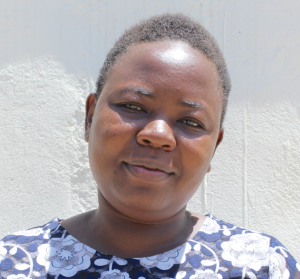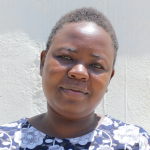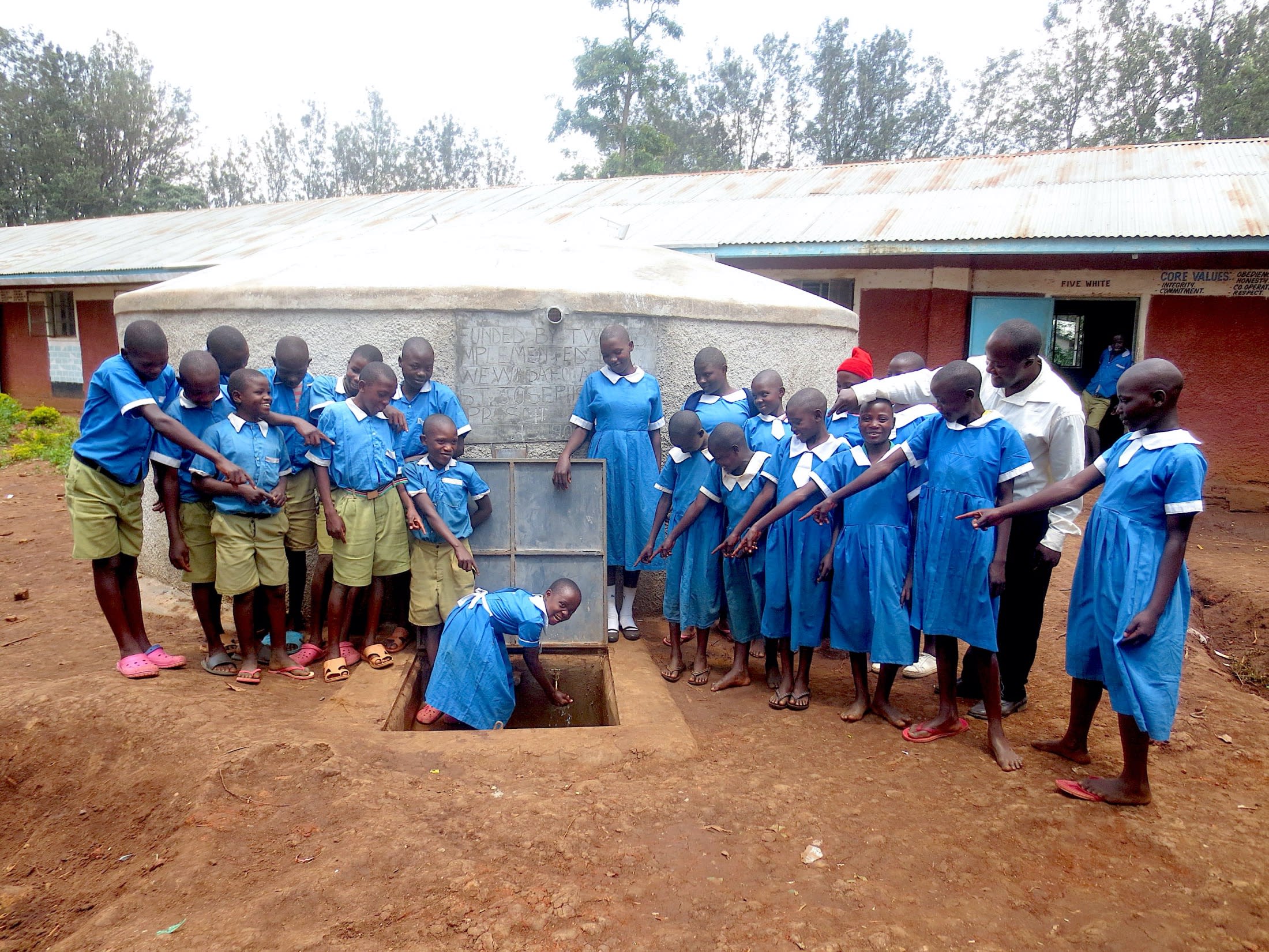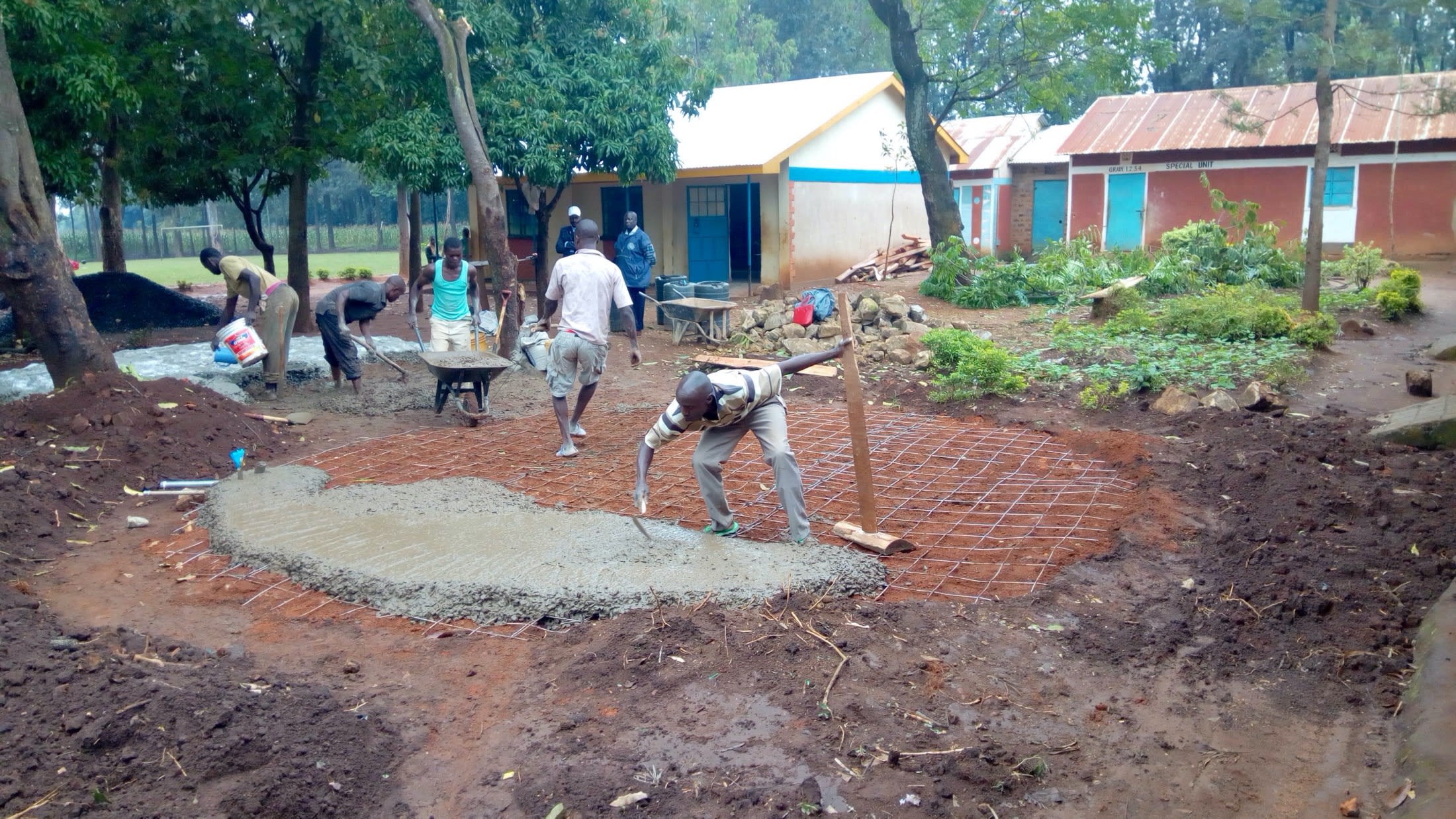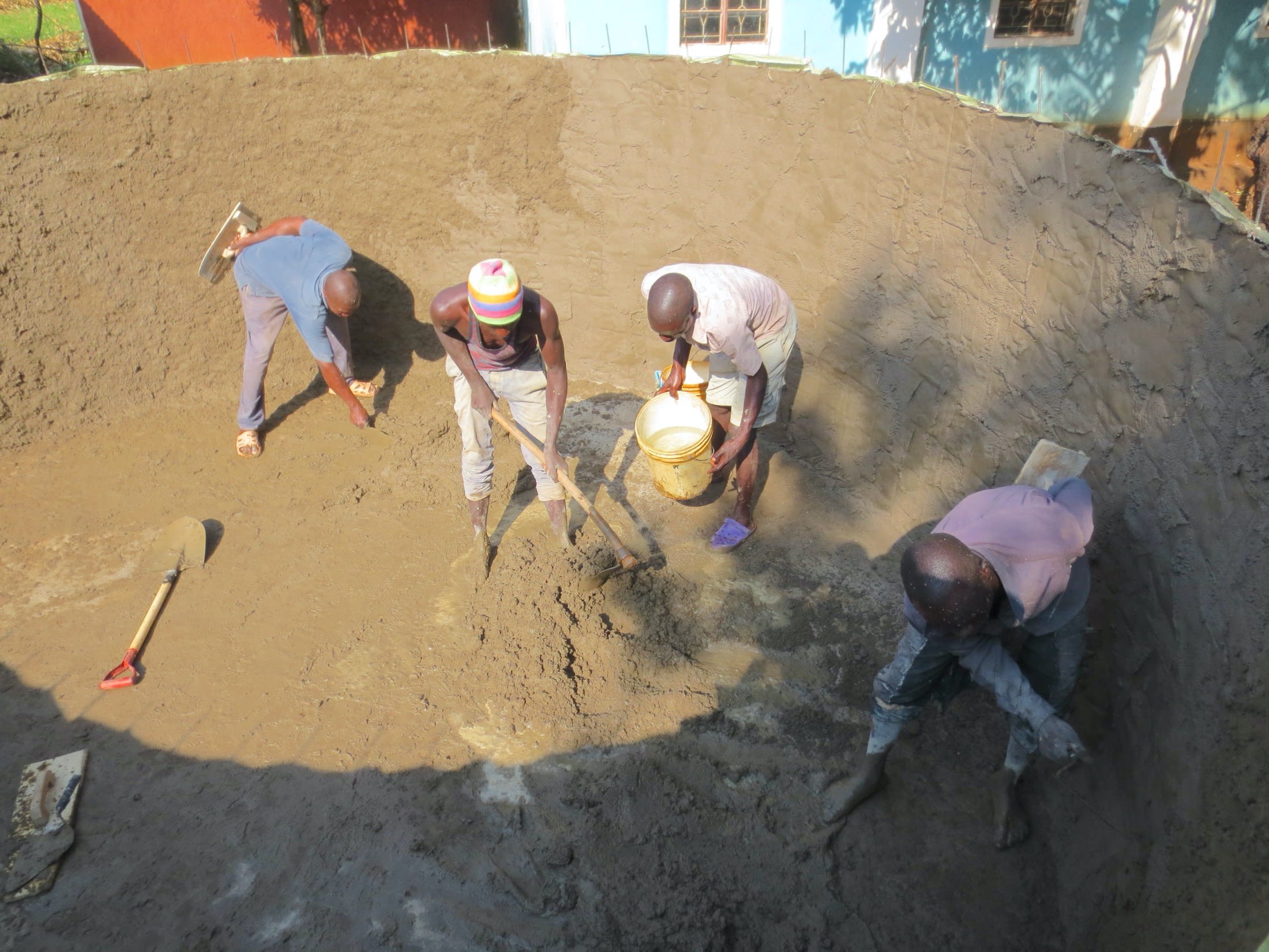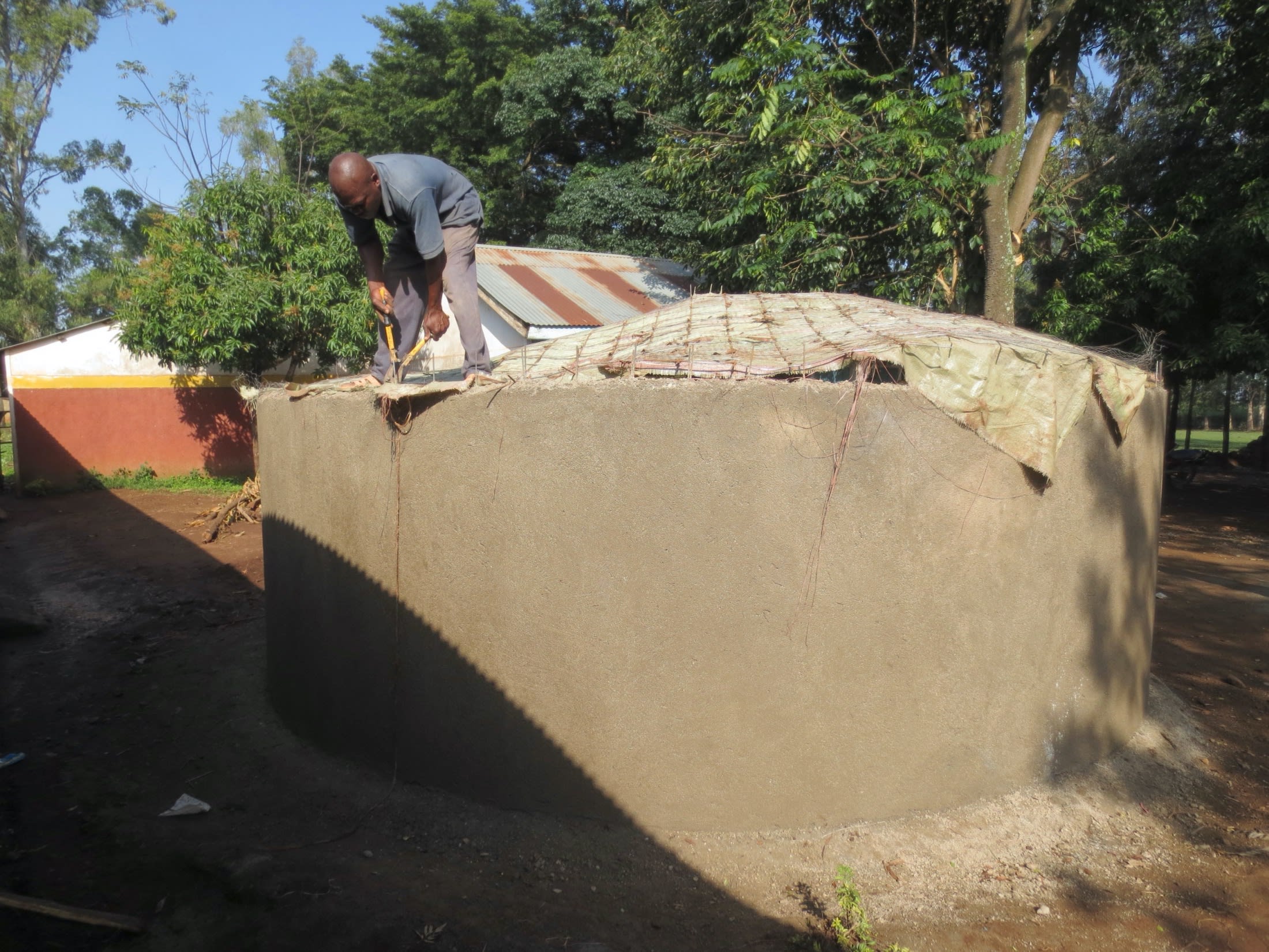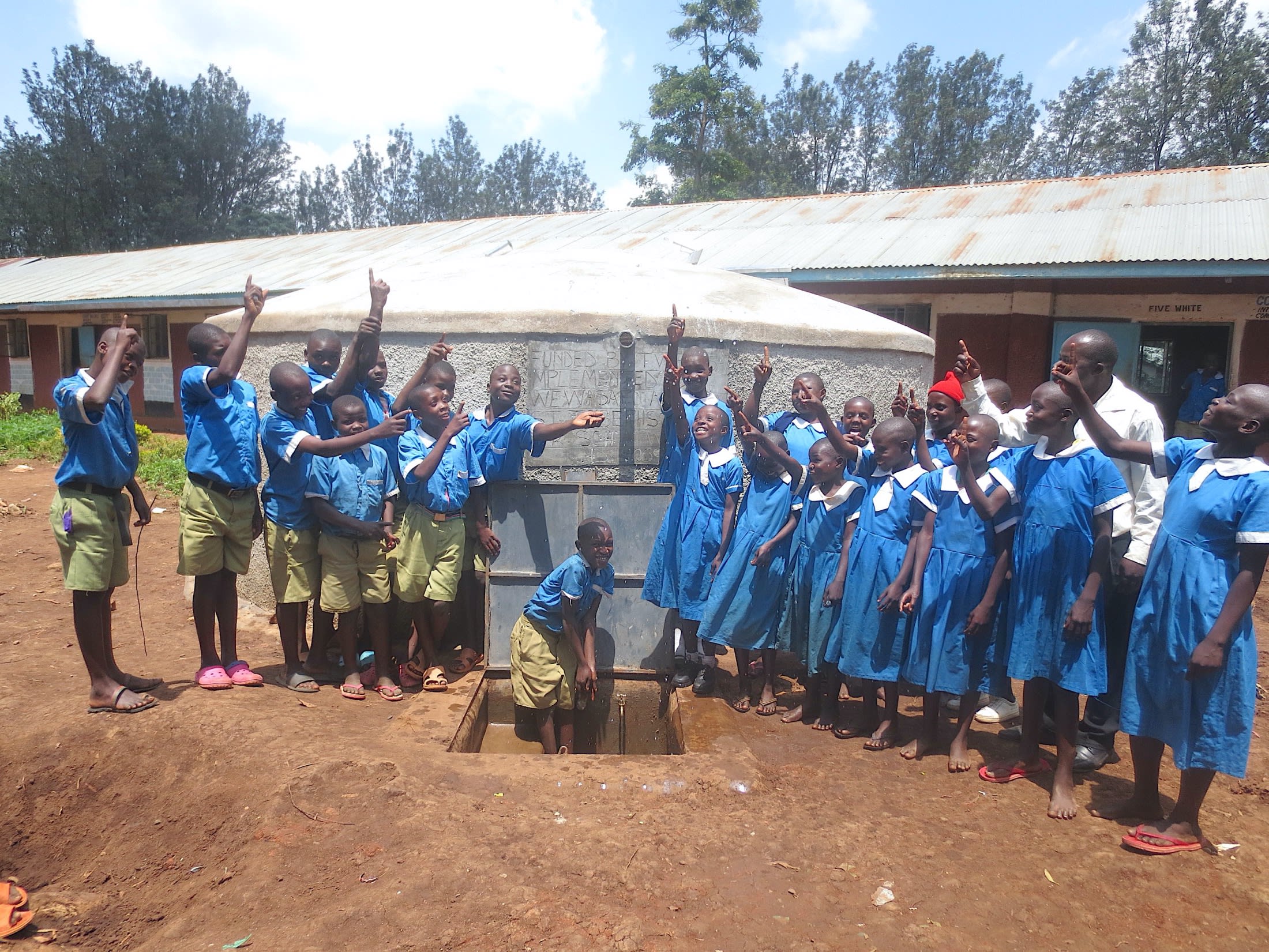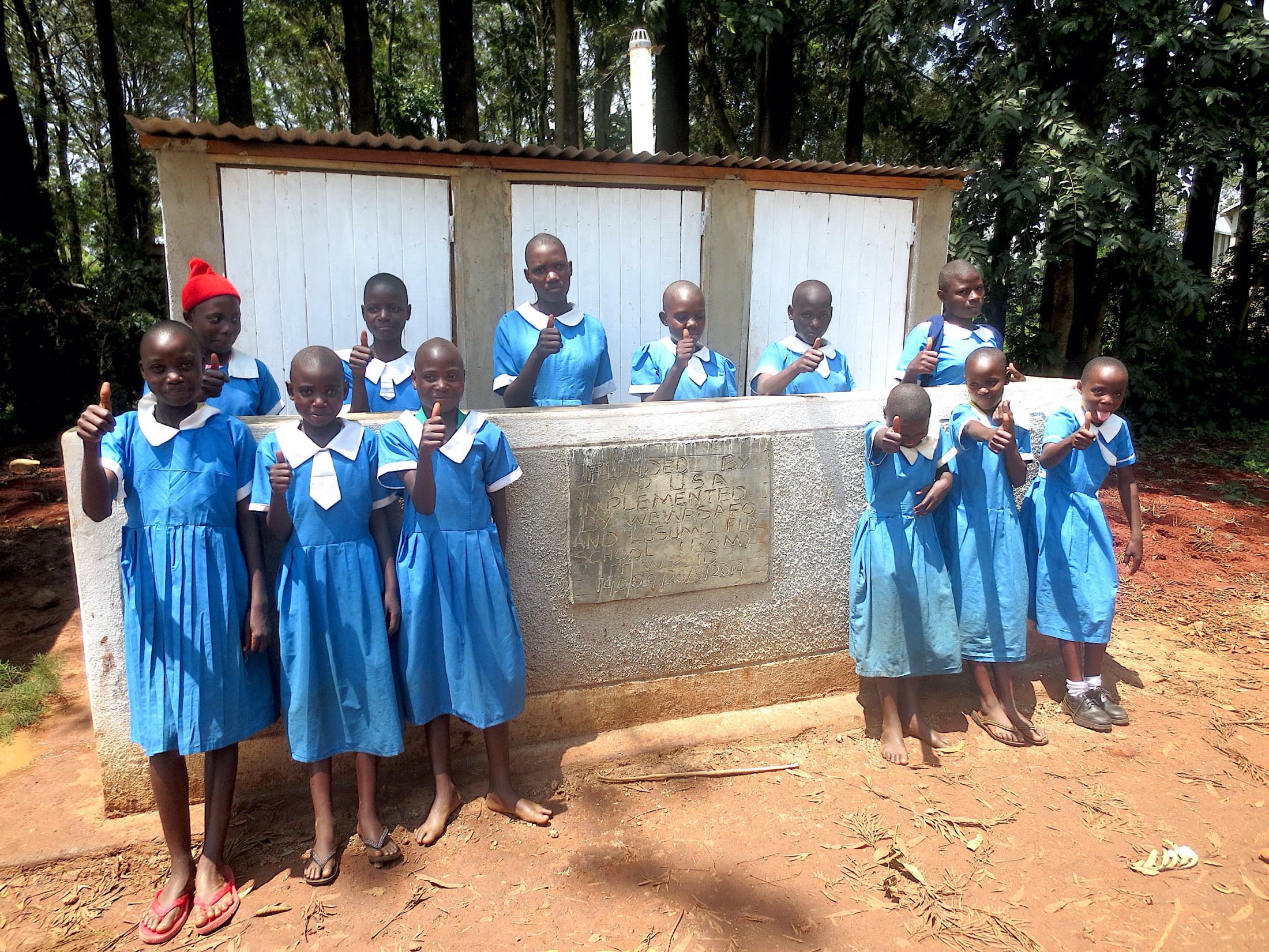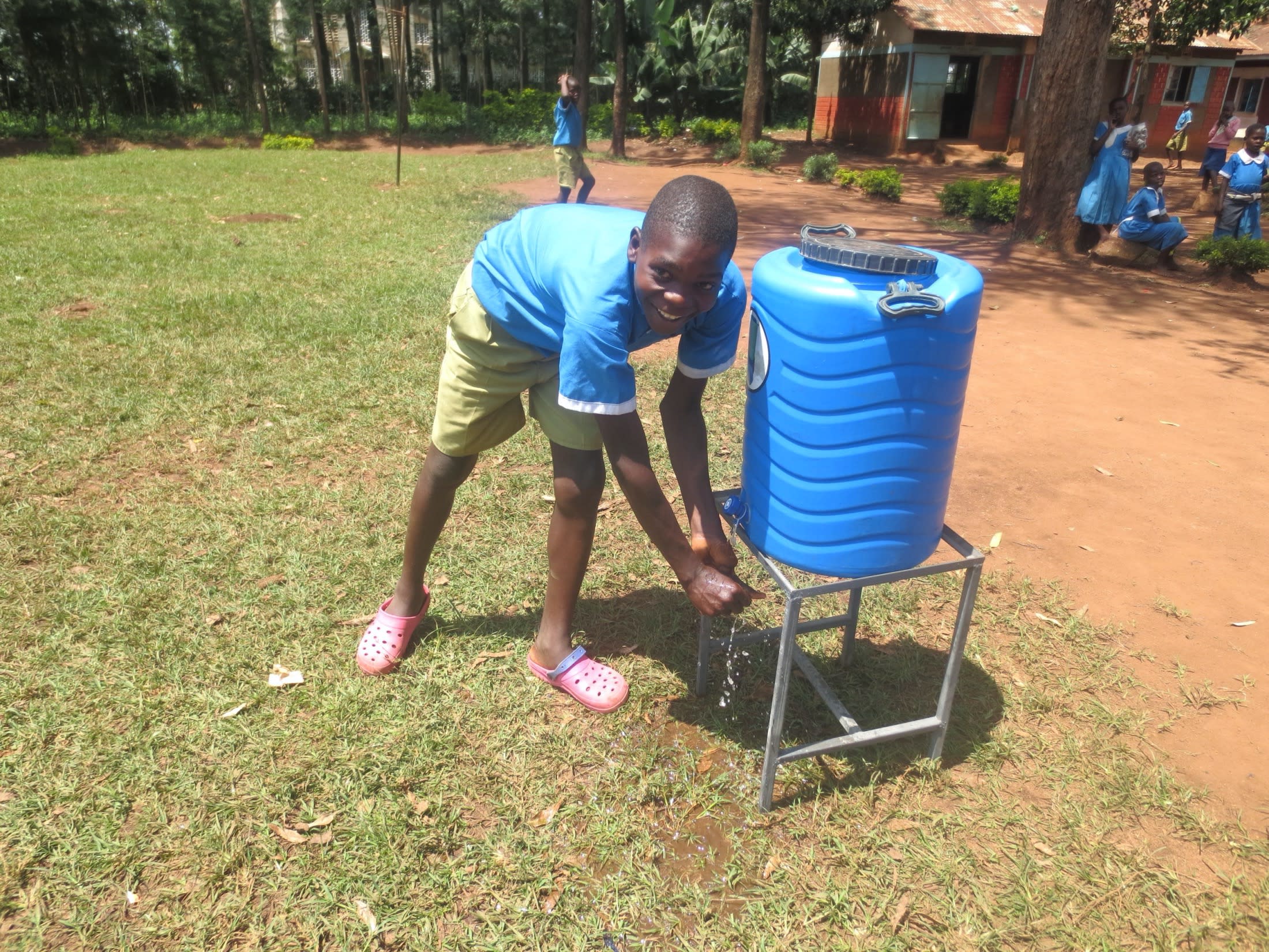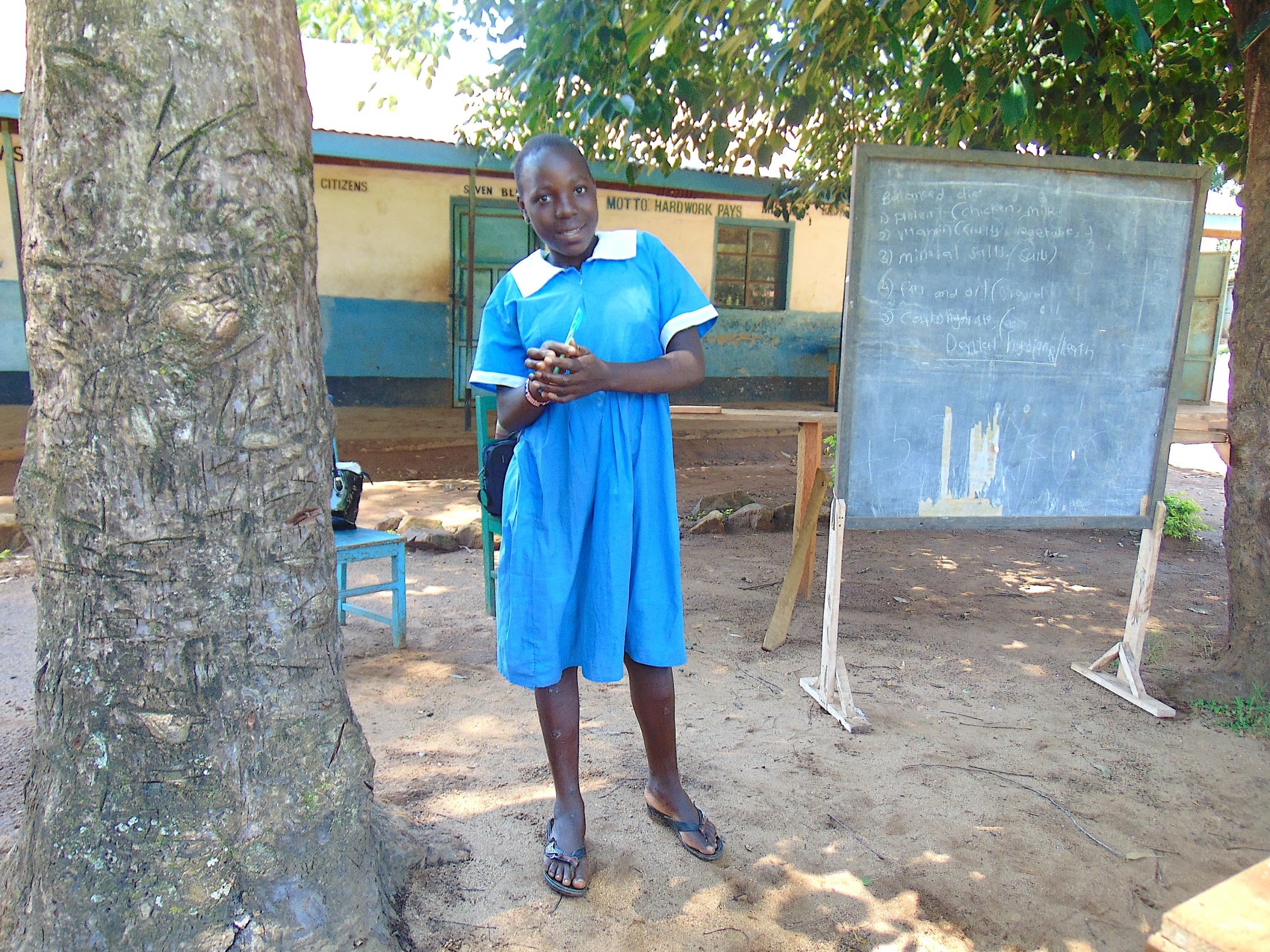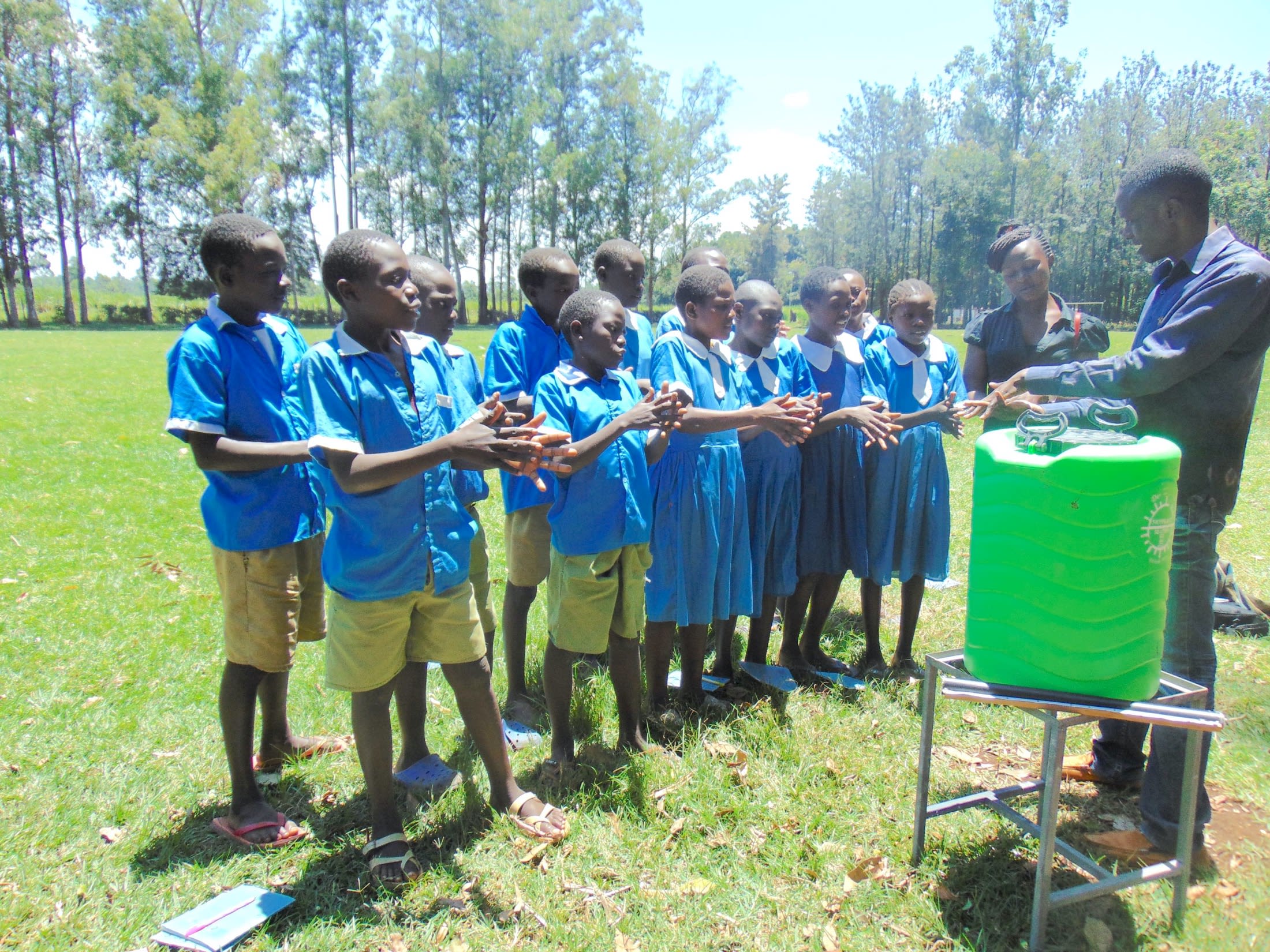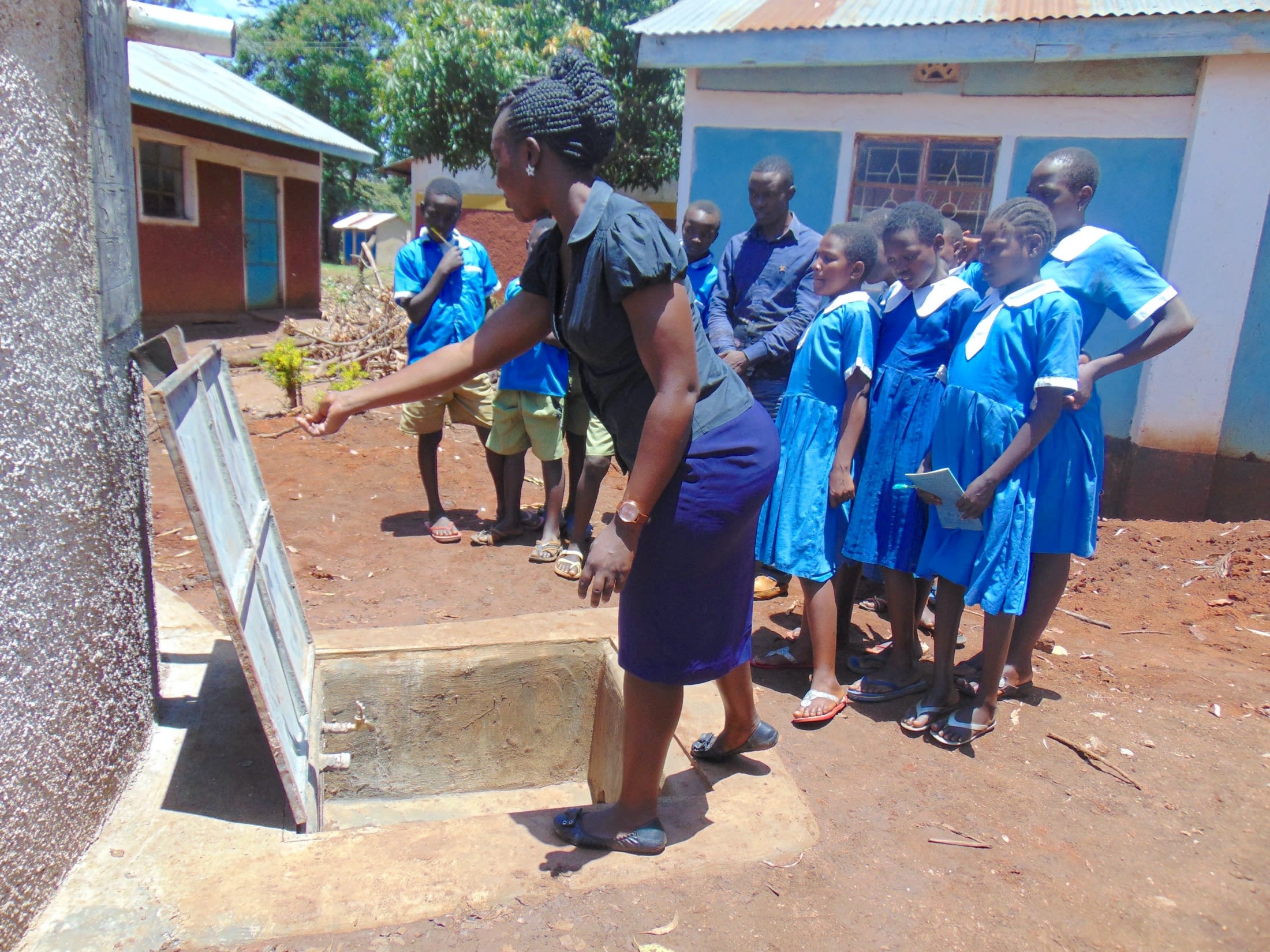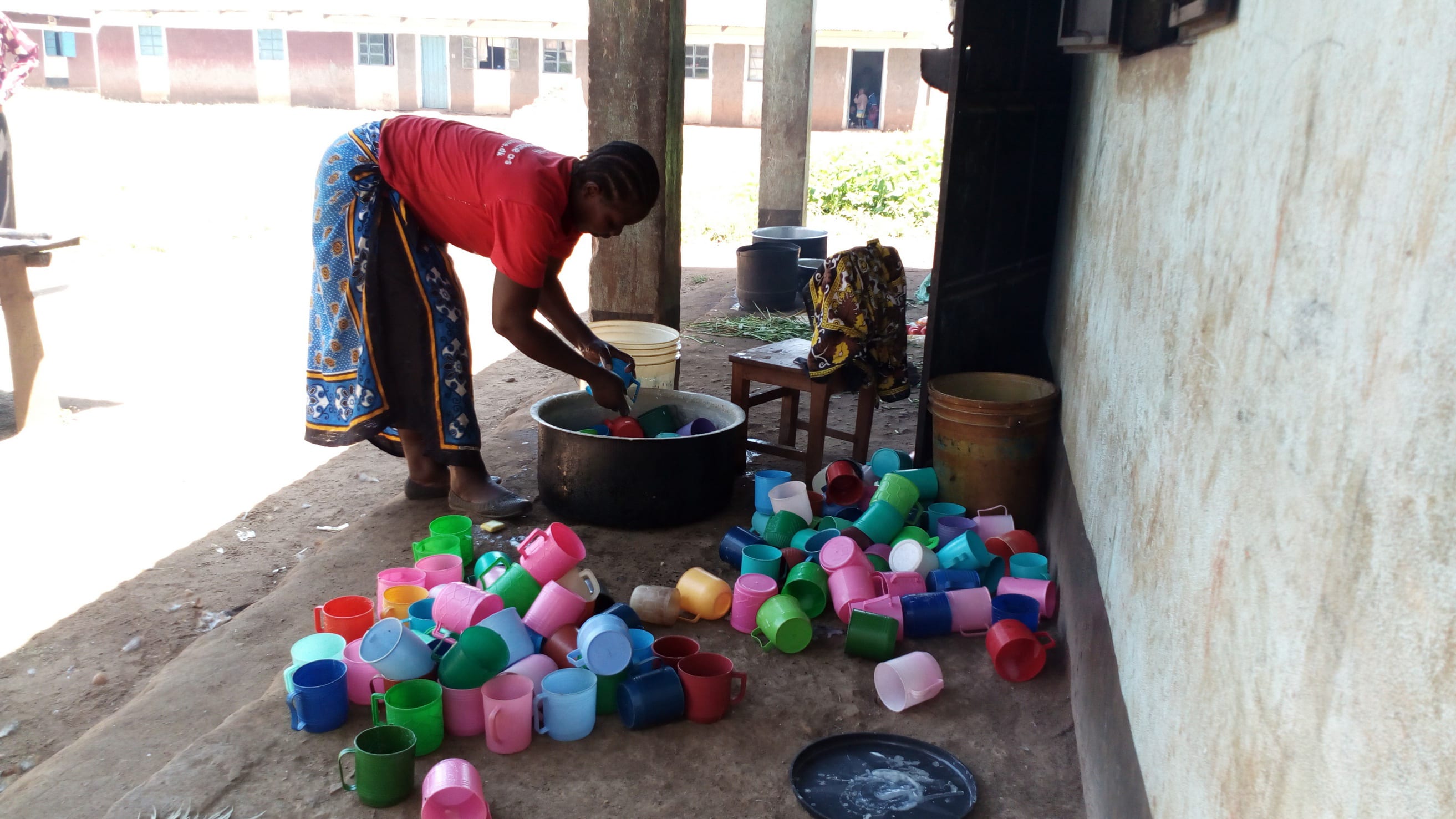St. Jospeh's Lusumu Primary School is one of the oldest institutions and among the first in this community, established in 1950. It is sponsored by the Catholic Church. Because of its longevity, the school currently boasts a population of 1,299 pupils and 22 teachers and staff.
This school is famously known as the only school in the area with a Special Unit for the Deaf and Hearing Impaired. The unit is made up of 30 pupils who learn in 1 classroom, taught by 3 teachers. (The biggest challenge for these students is that they cannot be broken into different classrooms based on age bracket due to a shortage of teachers qualified to teach using sign language.)
Accessing water here has always been a challenge. The school was excited when they got connected to a government-provided piped water system. However, they have been quickly disappointed by unreliability. They have called the service multiple times to be met with excuses. In the cases that someone comes out to take a look, the water will be back on for a few days but then stop again.
The service is strictly rationed and the school has short windows of time to fetch water from the tap. They report that so far this year, they get water three times a week for 2.5 hours each session. They don't have a good way to store the water when it comes - there's just a 5,000-liter plastic tank that lasts not even two days when strictly rationed.
The school is in desperate need of extra storage space so that the students don't go without water. When the tap system is down, students sit through an afternoon of class dehydrated.
"Lack of clean water in this school has contributed to a number of challenges we are facing now," said Teacher Were.
"The performance of the school has really gone down. In the year 2016 we had fifteen pupils who joined national schools, but last year we had only six pupils."
It's also a concern that the piped water is not safe for drinking.
"My name is Kasim and I have been in this school for the last 12 years. The greatest challenge in this school is accessing safe, clean drinking water. I cannot count the number of times that pupils have missed class and are taken to the health center for treatment. At times they are suffering from typhoid and other times bacteriological infection," said Teacher Kasim.
What we can do:
Training
Hygiene here is observed at a minimal rate - they still need a lot of improvement. For example, they need a handwashing station near the pit latrines for students and teachers to wash hands after visiting the toilet to avoid diarrhea and other illnesses. The school also needs a reliable source of water that will provide water for use at any time. The school also needs to fence their garbage pit to prevent the garbage from blowing all over the place.
They need information on how to keep water clean and safe and how to clean their water containers. They will also need more knowledge on the importance of washing hands immediately after visiting the toilet as well as the operation and maintenance of the tank.
Training on good hygiene habits will be held for 1 day. The facilitator will use PHAST (participatory hygiene and sanitation transformation), ABCD (asset-based community development), CTC (child to child), lectures, group discussions, and handouts to teach health topics and ways to promote good practices within the school. The CTC method will prepare students to lead other students into healthy habits, as well as kickstart a CTC club for the school.
Handwashing Stations
Two handwashing stations will be delivered to the school, and the CTC club will fill them with water on a daily basis and make sure there is always a cleaning agent such as soap or ash.
VIP Latrines
There are not enough latrines for the massive population. There are 14 pit latrines for the 737 boys and 15 for the 562 girls.
Two triple-door latrines will be constructed with local materials that the school will help gather. Three doors will serve the girls while the other three serve the boys. And with a new source of water on school grounds, students and staff should have enough to keep these new latrines clean.
Rainwater Catchment Tank
A 50,000-liter rainwater catchment tank will help alleviate the water crisis at this school. The school will also help gather the needed materials such as sand, rocks, and water from the spring for mixing cement. Once finished, this tank can begin catching rainfall that will be used by the school’s students and staff.
We and the school strongly believe that with this assistance, standards will significantly improve. These higher standards will translate to better academic performance!

 Rainwater Catchment
Rainwater Catchment
 Rehabilitation Project
Rehabilitation Project












